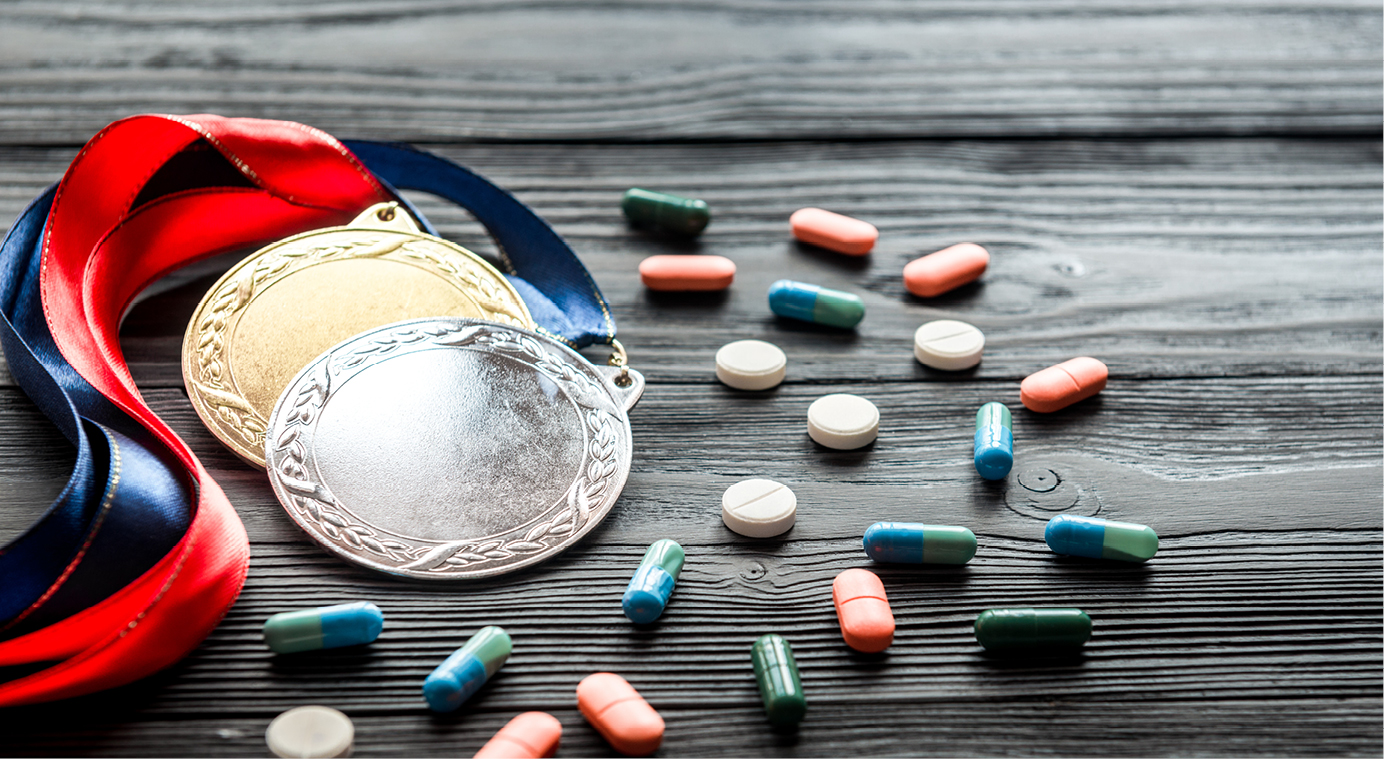
Doping in Sports
Doping in Sports
Doping in Sports
If we can track one route, we can stop many: Anju George
Why in news- Dhanalakshmi, Aishwarya caught doping Sprinter tested positive in Kazakhstan, jumper in Chennai during the Nationals
The term “doping” refers to the use of prohibited medications, drugs, or treatments by athletes with the intention of important.. In 1967 the International Olympic Committee (IOC) banned doping, and in 1999 the IOC led the initiative to form the World Anti-Doping Agency (WADA).
Today WADA forms the backbone of anti-doping laws and testing worldwide, and assists in setting the standard for other agencies and sports. WADA’s main activities include education of the health risks of doping, scientific research of doping practices, development of anti-doping capabilities, and development of testing methods for doping detection.
According to the World Anti-Doping Code, which was established by WADA in 2008, a substance or treatment constitutes doping if it meets two of the three following criteria:
• It enhances performance
• It presents a risk to the athlete’s health
• It is contrary to the spirit of the sport
This code consists of a yearly-published list of prohibited substances and treatment methods that athletes are not allowed to use. Various penalties can be enforced upon athletes found to be in violation of the Anti-Doping Code .
There are four broad categories--
(1)Anabolic steroids are typically synthetic derivatives of testosterone. The goal of their use in doping is to increase muscle mass and lean body weight.
(2) Stimulant drugs are composed of a large and diverse group of drugs, which when used for doping purposes have the intent to increase an athlete’s stamina, decrease their sensation of fatigue and pain, and improve their mental function and behavior.
(3)The endocrine system is the system in the human body that produces and regulates hormones. Hormones are responsible for almost every bodily function including muscle development and growth.
(4)Athletes may try to improve their performance in sport by increasing the amount of oxygen in their bloodstream. As oxygen one of the basic nutrients for all cells, increased oxygen delivery to tissues can improve endurance and athletic performance.
Regulations and testing by many agencies, including WADA and the IOC aim to decrease the incidence of doping and eliminate its use in sport. However, given the importance placed on athletic achievement, the fame awarded to elite athletes in today’s culture, and the rapid development of new performance enhancing therapies, it is likely that doping will be a problem that will continue for many years to come.
